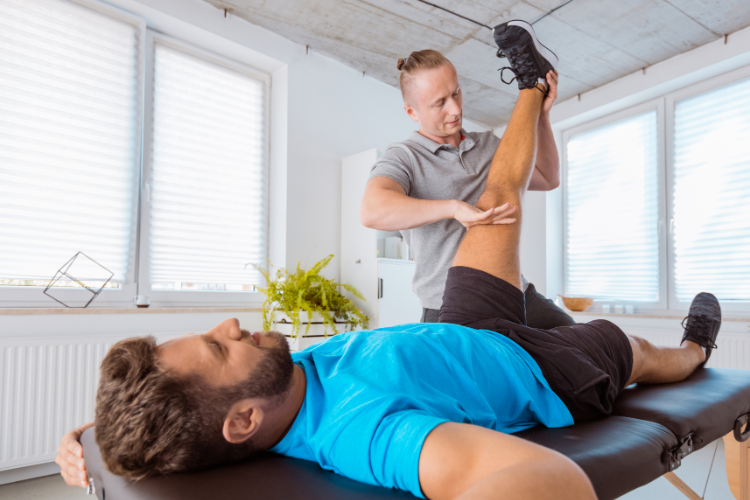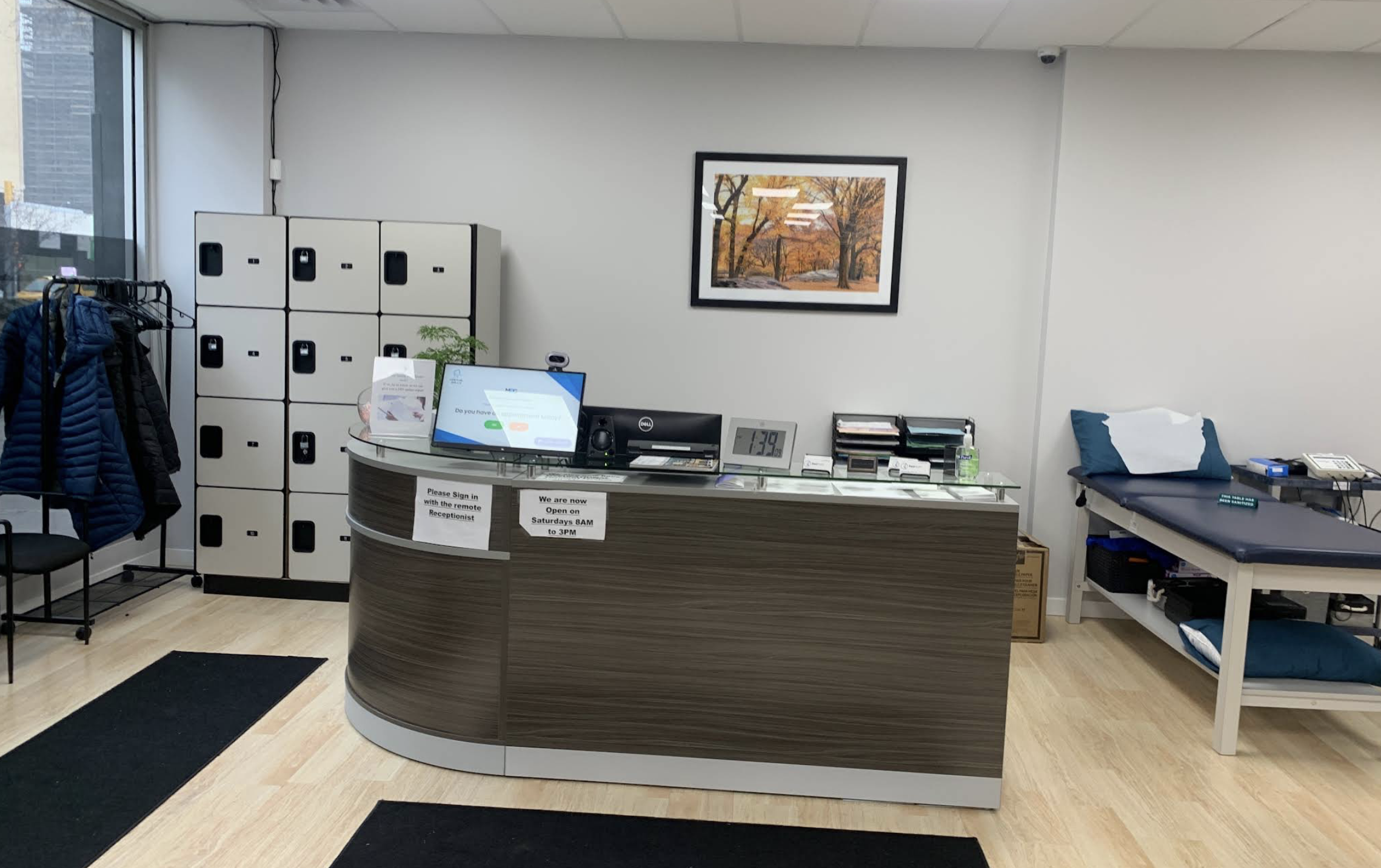Lower back pain doesn’t always begin with a sudden injury.
More often, it builds slowly—fed by long hours at a desk, weak posture, or the gradual deconditioning of muscles that were once doing their job quietly and well. At the center of it all? The core.
At our Upper Manhattan clinics, we help people prevent and manage lower back pain by strengthening the deep muscles that stabilize the spine. It’s not about six-pack abs—it’s about support, control, and movement you can count on.
>>>Request your evaluation online and learn how targeted core training can protect your back for the long run.
What Your Core Really Does
When most people think about their core, they picture crunches and planks. But the muscles that matter most for back protection often go unnoticed.
Your core includes not just the abdominals, but a network of deep stabilizers like the transverse abdominis, pelvic floor, multifidus, and diaphragm. Together, these muscles create a strong, supportive cylinder around your spine. They engage with every step, twist, and lift—absorbing force and keeping your spine aligned.
When these muscles are underactive, your lower back ends up doing more than its share. And over time, that imbalance can turn into strain, tightness, or even disc-related pain.
The Hidden Connection Between Weak Core Muscles and Pain
We’ve worked with countless patients who came in for back pain, but left with a better understanding of how their core (or lack of core activation) was the real culprit.
One common pattern we see: someone develops back pain after a weekend of heavy lifting or prolonged sitting. Imaging may show nothing abnormal. But during their movement assessment, we find they’re relying entirely on their back muscles—and their core isn’t kicking in at all.
It’s not just about what you feel. It’s about how you move when you're not thinking about it.
That’s why our treatment strategies focus on retraining the body to move from the core, not just strengthening it in isolation.
Our Core-Focused Approach to Lower Back Pain Prevention
Physical therapy for core strength goes far beyond doing a few sit-ups. We start by evaluating how your body stabilizes during functional movement—standing, walking, bending, or transitioning between positions.
Then we build a custom program that helps re-engage and re-coordinate the right muscle groups.
Here’s what that might include:
- Deep core activation drills using breathwork and pelvic control
- Targeted strengthening of the obliques and lower abdominals
- Postural retraining to reduce spinal stress
- Functional training (like split stance, rotation, or resistance work) to carry those gains into real life
We often integrate Pilates-based Rehab for patients who benefit from controlled, spine-safe core movement. And for those recovering from pain or injury, we use modalities like Manual Therapy to prepare the tissues before movement retraining begins.
Not Just Prevention—Long-Term Performance
Improving your core doesn’t just protect you from pain. It also improves your athletic performance, balance, and overall mobility. We’ve seen this time and again—when someone reconnects with their core, everything else becomes easier.
This is especially important for people who:
- Spend long hours seated or working from home
- Have a history of back strain or flare-ups
- Are returning to activity after a long break or surgery
- Perform physically demanding work or athletic training
By addressing the root cause—weak core engagement—we help you move more efficiently and confidently, reducing the load on your spine with every step.
Helping Upper Manhattan Stay Strong and Pain-Free
Our two Upper Manhattan clinics offer convenient access to expert care for back pain prevention:
- The Harlem location welcomes patients from Central Harlem, Hamilton Heights, and the surrounding community
- The Morningside Heights clinic serves students, faculty, and residents near Columbia University and West Harlem
Whether you're in the early stages of discomfort or just want to take a smarter approach to long-term strength, our team is ready to help.
Take Control Before the Pain Starts
Lower back pain doesn’t have to be inevitable. By training your body to move from a place of stability, you set yourself up for a future with fewer setbacks—and more strength.
Let’s create a core routine that works for your body, your goals, and your lifestyle.







